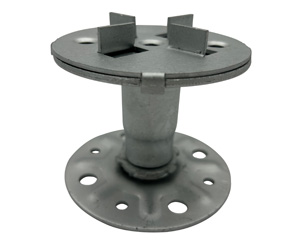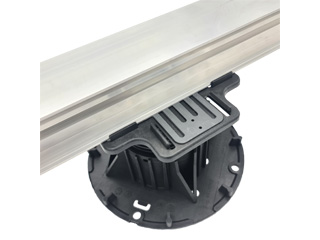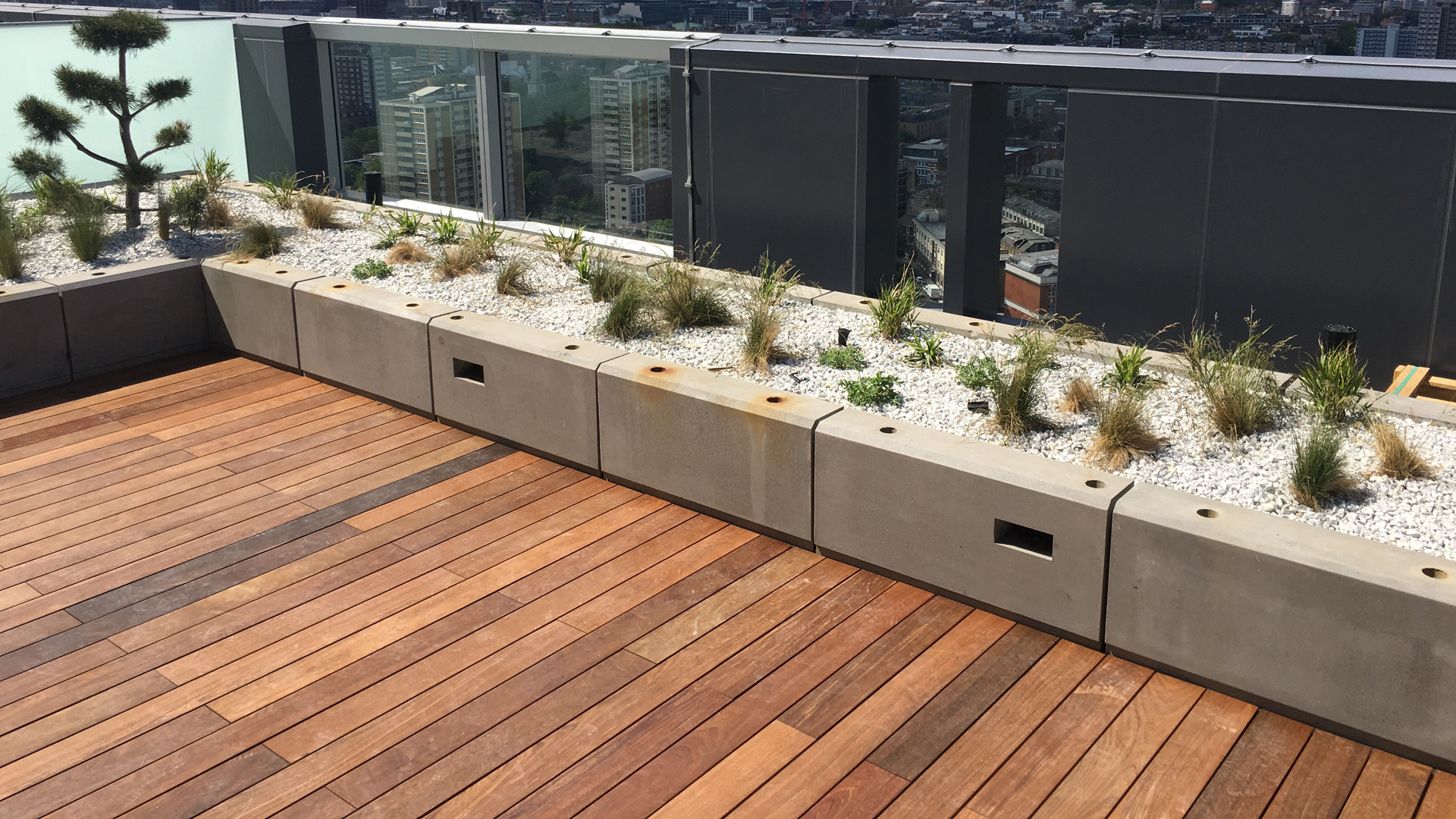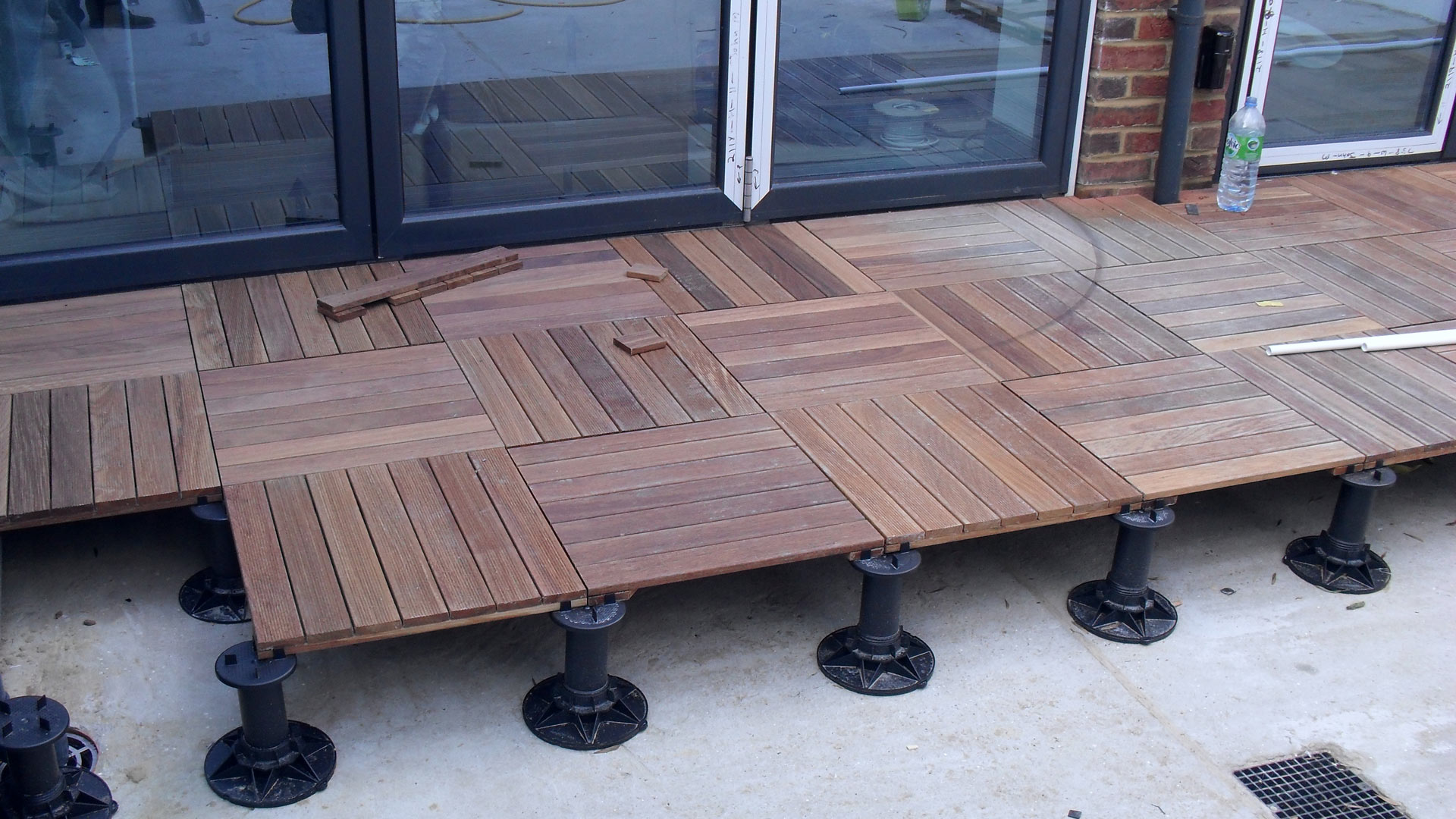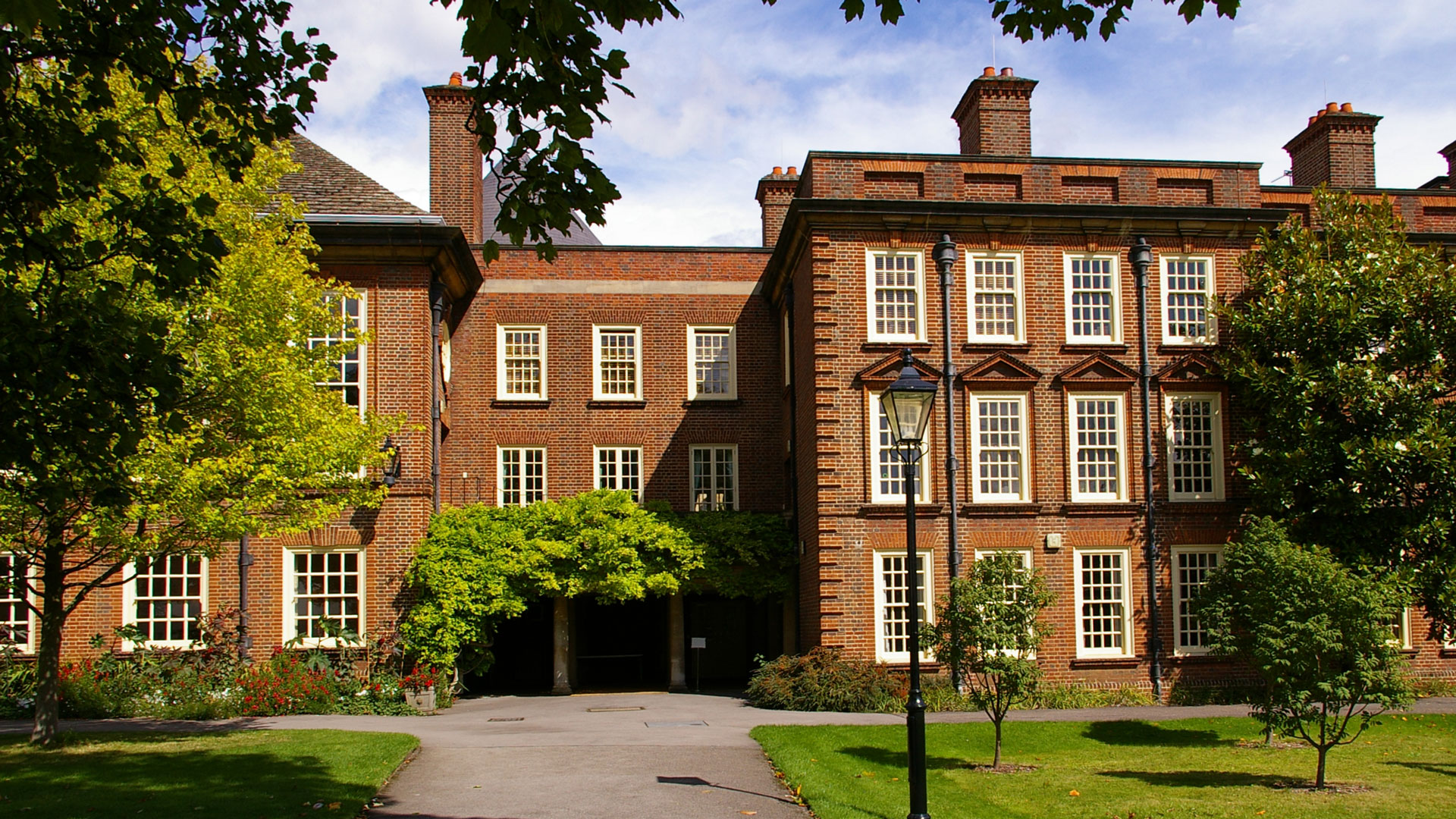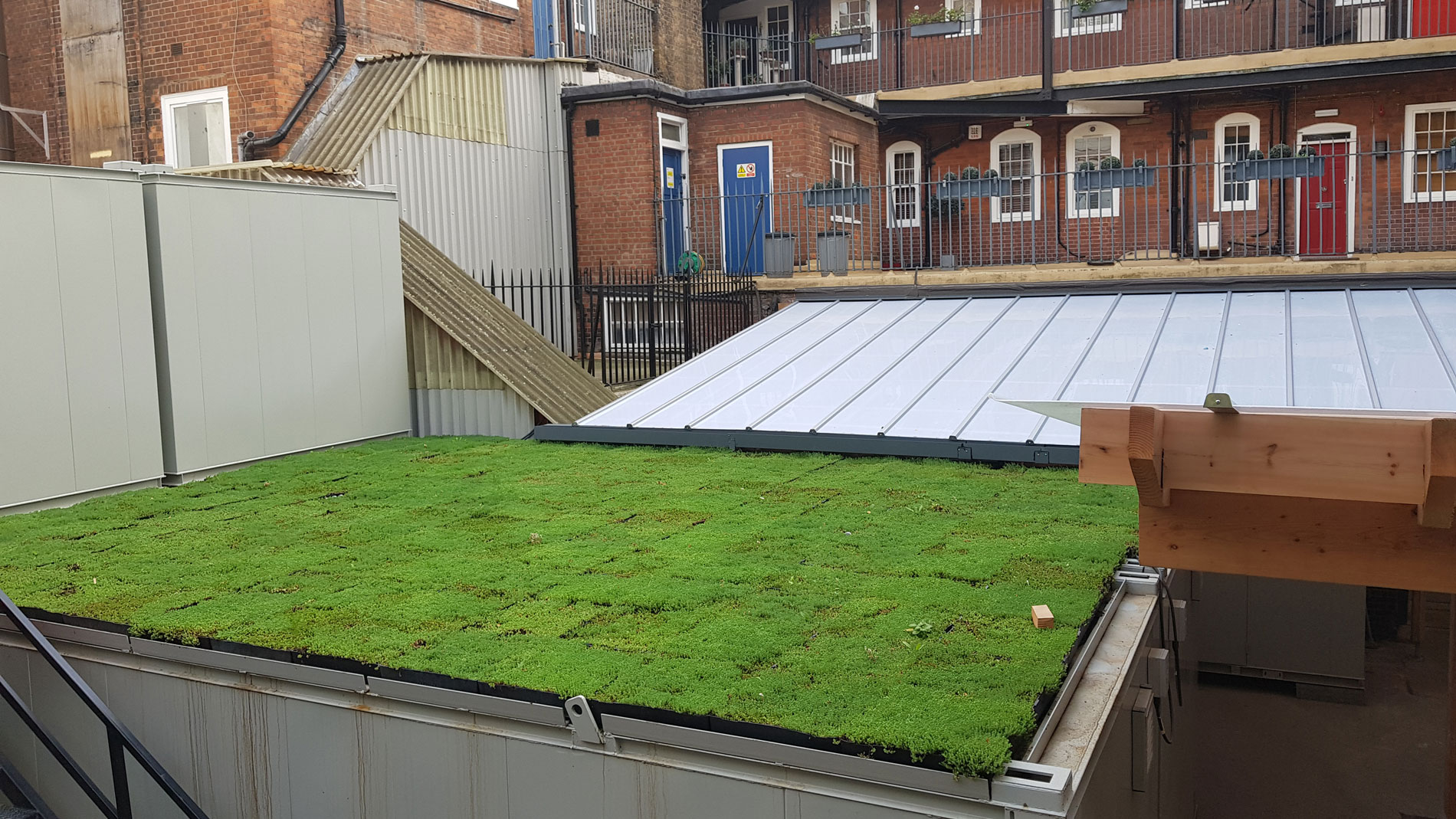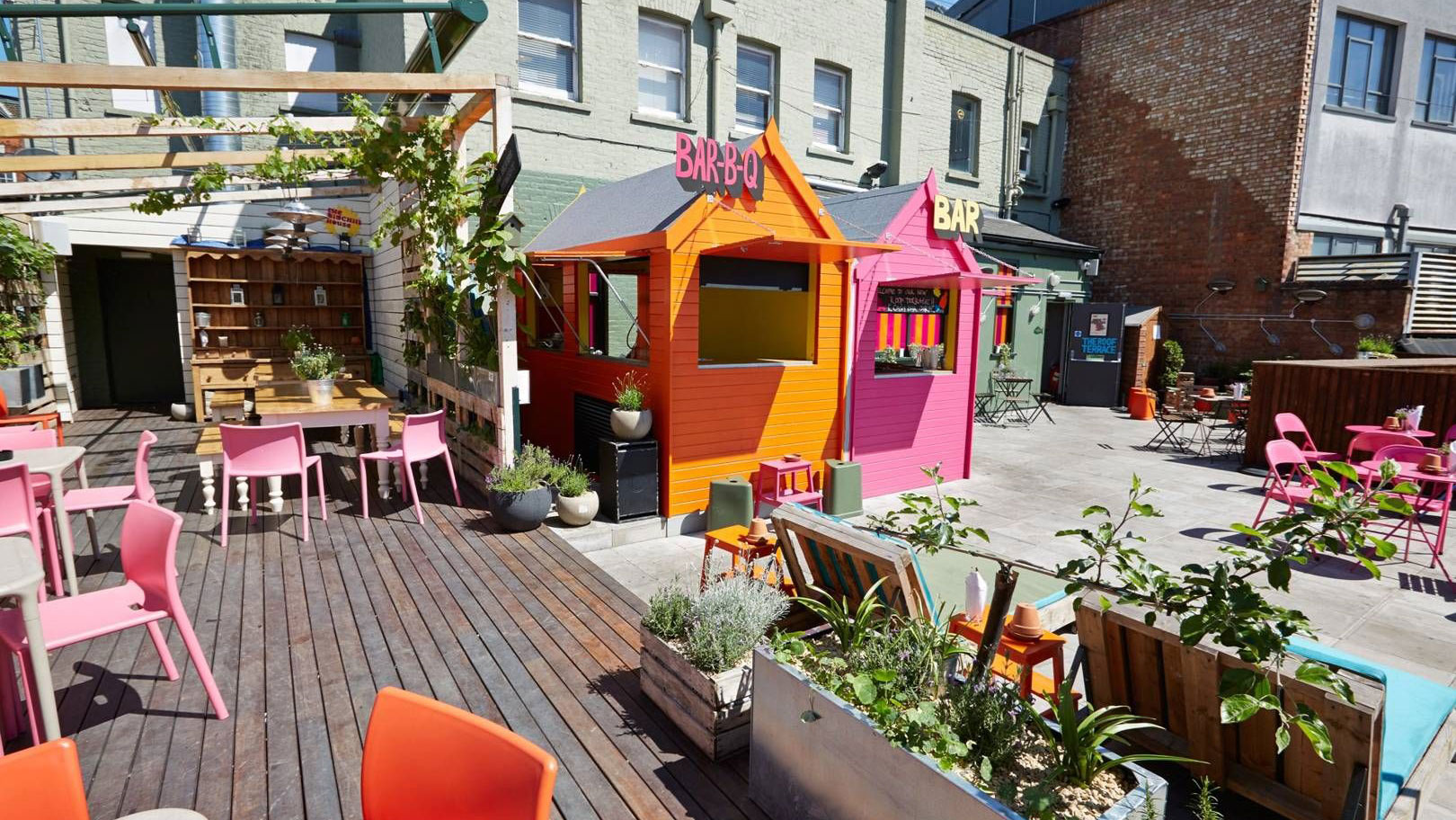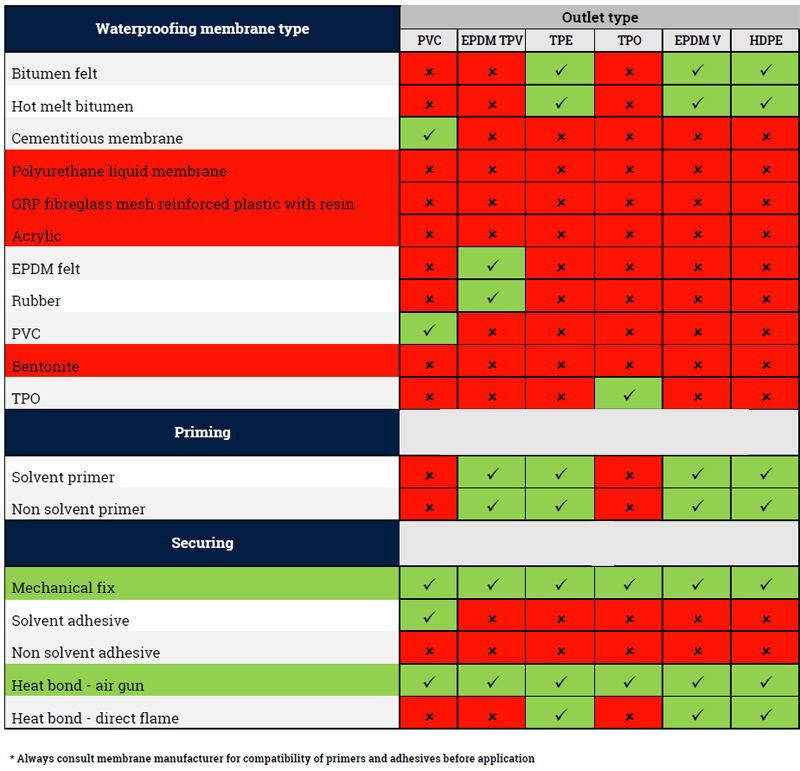Take a bird’s eye tour of many of the world’s well-known cities and there’s one noticeable feature they have in common: a growing number of green roofs.
Whether it’s carefully cultivated gardens on Chicago’s skyscrapers, urban farms nestled among Hong Kong’s towers or grassy layers atop many of Copenhagen’s large buildings, more cities have brought in planning laws mandating green roofs on new developments.
Toronto, for example, introduced laws for new buildings or extensions greater than 21,000 square feet back in 2009. Since then, developers have had to cover between 20 and 60 percent of their buildings with vegetation – and while they can opt out for a fee, fewer than 10 percent choose to do so, according to data from Toronto’s City Hall.
Other cities have opted for more flexibility. In San Francisco, 15 to 30 percent of roof space on new buildings must incorporate solar panels, green roofs or both.
“Local government policy has and continues to be the major gamechanger as more cities aim to improve air quality, protect against flooding and heat stress during heatwaves, and build nature back into the urban environment,” explains Isabel Scruby, Planning, Development & Heritage consultant at JLL.
It’s a far cry from when green roofs first appeared 50 years ago when it was often charities or housing cooperatives leading the charge in German cities such as Düsseldorf and Stuttgart, today considered Europe’s green roof capital.
Driving a greener future
Today, there are often financial incentives for going green. In Hamburg, green roofing measures for both residential and commercial buildings are subsidised with up to €50,000 via the Hamburg IFB bank.
In America, Washington DC’s storm water regulations and Philadelphia’s tax credit scheme both encourage green roofs.
In London, there are no such incentives. However, it’s now home to some 42 percent of the UK’s overall green roof space, in part through residential schemes such as Barnet’s Collingdale Gardens and Islington Square.
“Since 2008, there has been a clear drive in the uptake of urban greenery in London – specifically living walls and green roofs – as part of the Living Roofs and Walls Policy,” says Scruby.
The challenge is for those areas where there are low levels of greenery to improve, says Erin Williams, consultant in JLL’s Upstream Sustainability Services team.
“That will require more developers and existing real estate owners to embrace to the idea.”
To read the full article by
- Erin Williams &
- Isabel Scruby
, please visit the JLL website by clicking here.



